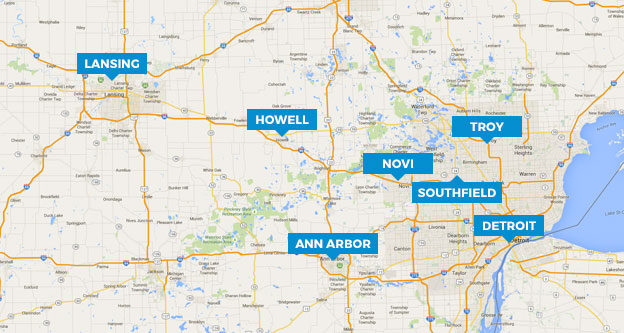We run across a lot of clients that do not keep track of their IRS business miles. It can be a pain to record your IRS business miles. However, not having sufficient records for your IRS business miles will cause more headaches down the road if you are audited by the IRS. Use one of the following 4 methods to satisfy the IRS record keeping requirements for IRS business miles.
IRS Business miles is one of the main areas the IRS focuses on during an IRS audit. If you are being audited, click here to learn more about IRS Audits.
Michigan Business Network – Keep Track of Mileage
Method #1 – IRS Business Miles Log Book
Keep a log book in your car. When you are planning to drive for business, document the date, starting point, ending destination, number of IRS business miles, and purpose of the business trip. At the end of the year, add up all the IRS business miles driven to determine your business mileage expense.
Method #2 – Calendar and Microsoft Excel
Use a calendar to keep track of all of your business meetings. When you add a new business meeting to your calendar, record the meeting location. Your calendar can now be used to develop a mileage log using Microsoft Excel. Then spend an hour or two every month to enter all your business meetings into Excel. Record the date of the business meeting, starting point, ending destination, number of miles, and purpose of business meeting.
Method #3 – Get a Smart Phone App
There are several mileage tracker apps available for iPhone and Android smart phones. You start the mileage tracker app before leaving for your business meeting. The app is stopped when you arrive at your destination. Finally, you enter in the business purpose of the trip. The app will develop a business mileage report for you.
Method #4 – Sampling Method
Use a calendar to keep track of all your business meetings. Document the beginning of the year odometer reading and end of the year odometer reading. I recommend you keep oil change or auto repair receipts. Auto repair shops will record your odometer readings on the receipts. Then keep track of all IRS business miles for the first three months of the year. You can use a log book, Excel, or smart phone app. Finally, estimate your IRS business miles for the remaining nine months based on actual business miles driven in the first three months and your business calendar.
IRS Circular 230 Disclosure: To the extent this writing contains advice on a federal tax issue, the advice is not intended to be used, and cannot be used, for the purpose of (i) avoiding penalties under the Internal Revenue Code, or (ii) promoting, marketing, or recommending to another party any transaction or matter addressed in this communication.





